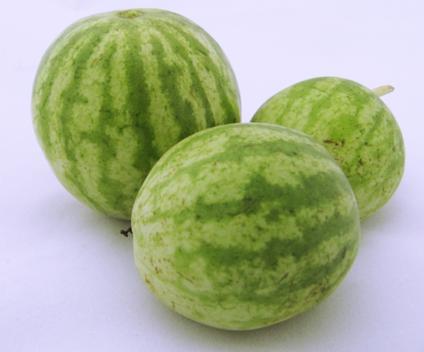Copyright © University of Cambridge. All rights reserved.
'Watermelons' printed from https://nrich.maths.org/
Show menu
Why do this problem?
This problem gives children opportunities to become more familiar with the units of mass. It requires learners to convert between units (g and kg in this case) and offers a context for a range of calculations.Possible approach
It would be good to introduce this activity using something to represent the melons, for example balls of different sizes and weights. Ideally, real watermelons would be wonderful so that learners can handle them and get a 'feel' for their masses. Of course the problem could be adapted to focus on any seasonal and readily-available fruit or vegetable.
Once you have presented the task, give children time to explore in pairs or small groups without saying much more. Depending on learners' experience, you may need to bring the whole group together for a short time (a mini plenary) to discuss the meaning of the units, kilograms and grams.
You could invite children to create a poster which describes how they approached the task. The plenary could then involve giving time to walk around the room, looking at everyone's posters.
Once you have presented the task, give children time to explore in pairs or small groups without saying much more. Depending on learners' experience, you may need to bring the whole group together for a short time (a mini plenary) to discuss the meaning of the units, kilograms and grams.
You could invite children to create a poster which describes how they approached the task. The plenary could then involve giving time to walk around the room, looking at everyone's posters.
Key questions
How can you find out how much each melon weighs in grams?
How did you work this out?
How did you work this out?
